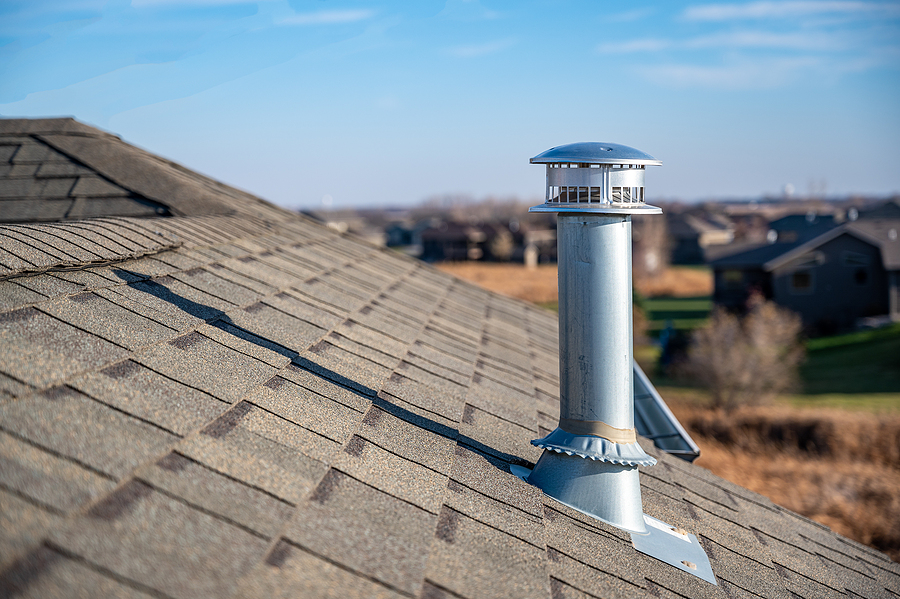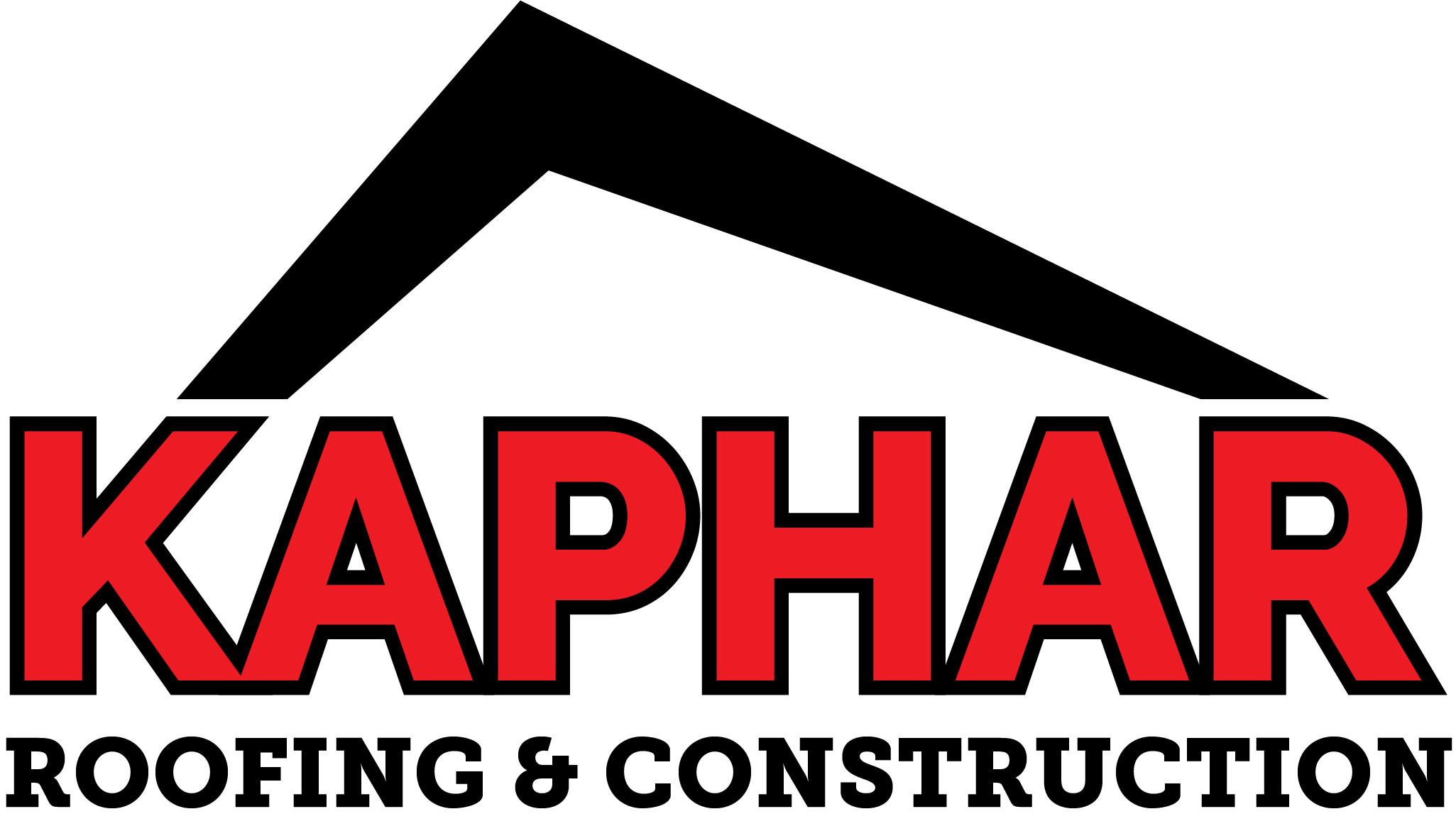Proper attic ventilation is crucial for maintaining a healthy, energy-efficient home. Roof vents play a pivotal role in attic ventilation systems, regulating temperature, preventing moisture buildup, and ensuring fresh air circulates through the attic space. In this guide, we’ll explore the different types of roof vents, their advantages and disadvantages, pricing, and which ones work best for specific roofs.
Why Roof Ventilation Matters

Roof vents are designed to regulate airflow by allowing fresh air into the attic while expelling hot air from the attic. This balance of intake and exhaust vents prevents ice dams in winter, reduces cooling costs in summer, and extends the life of your roof. Without adequate ventilation, warm air trapped in the attic can lead to problems such as mold growth, wood rot, and higher energy bills.
Types of Roof Vents
1. Ridge Vents
- Description: Installed along the peak of the roof, ridge vents are a popular choice for continuous ventilation.
- Pros:
- Provides even ventilation across the attic.
- Blends seamlessly with the roofline for a clean appearance.
- Effective at expelling hot air from the attic.
- Cons:
- Requires adequate soffit vents for proper intake ventilation.
- Higher upfront installation cost compared to other options.
- Cost: $8–$15 per linear foot (installation included).
- Best For: Homes with large surface areas on sloped roofs.
2. Soffit Vents
- Description: Located under the eaves, soffit vents allow cooler air to enter the attic space, complementing exhaust vents.
- Pros:
- Essential for balanced attic ventilation systems.
- Helps prevent ice dams and reduce moisture buildup.
- Affordable and easy to install.
- Cons:
- Ineffective without proper exhaust vents.
- Cost: $1–$3 per vent (material only).
- Best For: All roof types, especially those using ridge vents or gable vents.
3. Gable Vents
- Description: Installed on the exterior wall at the gable ends, these vents facilitate cross ventilation.
- Pros:
- Provides good ventilation in smaller attics.
- Aesthetic designs available to match exterior décor.
- Cons:
- Limited effectiveness in large or complex attic spaces.
- Less efficient than ridge or turbine vents.
- Cost: $50–$150 per vent.
Best For: Traditional homes with simple gable roofs.
4. Turbine Vents (Roof Turbines)
- Description: A wind-powered exhaust vent that spins to draw hot air from the attic.
- Pros:
- Highly effective in windy areas.
- Does not rely on electricity.
- Cons:
- Can be noisy in high winds.
- Less effective in calm weather.
- Cost: $20–$50 per vent (material only).
- Best For: Homes in areas with consistent breezes.
5. Powered Roof Vents (Solar or Electric)
- Description: Uses electricity or solar power to actively remove warm air from the attic.
- Pros:
- Ideal for areas with minimal natural airflow.
- Solar options are energy-efficient and eco-friendly.
- Cons:
- Higher initial cost.
- Ongoing maintenance required for electric models.
- Cost: $150–$400 per vent (installation extra).
- Best For: Homes with large or complex attic spaces needing extra ventilation.
6. Louver Vents
- Description: Installed on the roof or walls to allow air to enter or exit the attic space.
- Pros:
- Versatile and available in various designs.
- Affordable and easy to maintain.
- Cons:
- Limited ventilation capacity.
- May not suit larger roofs.
- Cost: $20–$50 per vent.
- Best For: Supplementary ventilation in smaller attics.
Choosing the Right Roof Vent for Your Home

The best roof vent for your home depends on factors such as roof type, climate, and attic size. Ridge and soffit vents are ideal for large, sloped roofs, as they provide balanced intake and exhaust airflow. Gable vents work well for smaller homes with gable roofs, while turbine vents are a good choice for areas with consistent wind to power the vent. For attics with minimal natural airflow or complex designs, powered vents offer an effective solution.
The Cost of Roof Vents
Roof vent prices vary depending on the type, material, and installation requirements. While upfront costs are a factor, consider long-term benefits like energy savings and reduced wear and tear on your roof.
| Type | Material Cost | Installation Cost |
| Ridge Vents | $8–$15/ft | $300–$600 |
| Soffit Vents | $1–$3/vent | $100–$200 |
| Gable Vents | $50–$150/vent | $200–$400 |
| Turbine Vents | $20–$50/vent | $150–$300 |
| Powered Vents | $150–$400/vent | $500–$1,000 |
At Kaphar Construction, we specialize in attic ventilation systems tailored to your home’s needs. Our experienced team ensures that your roof vents are installed correctly to maintain a healthy attic space. From soffit vents to turbine vents, we’ll help you find the perfect solution for optimal airflow and energy efficiency.
